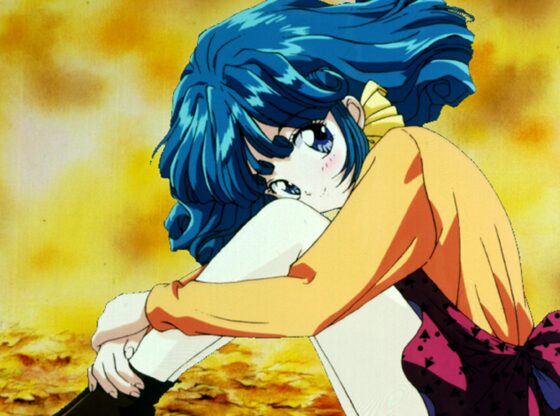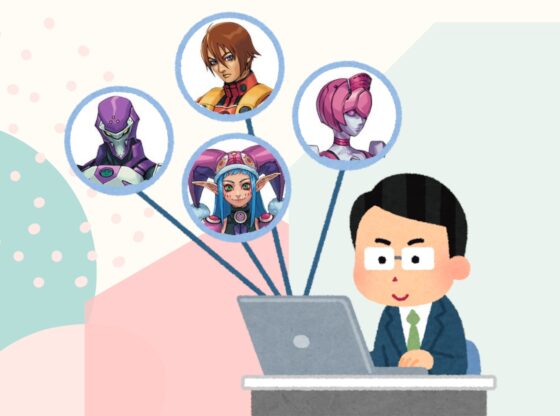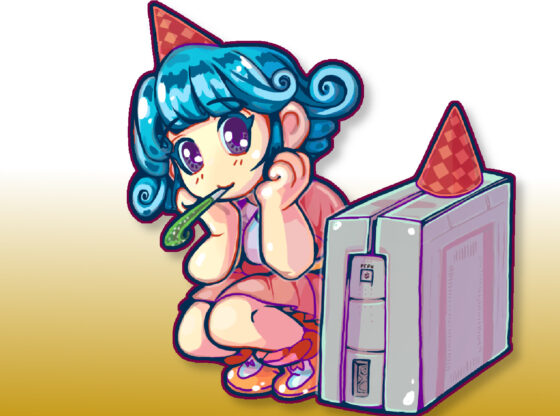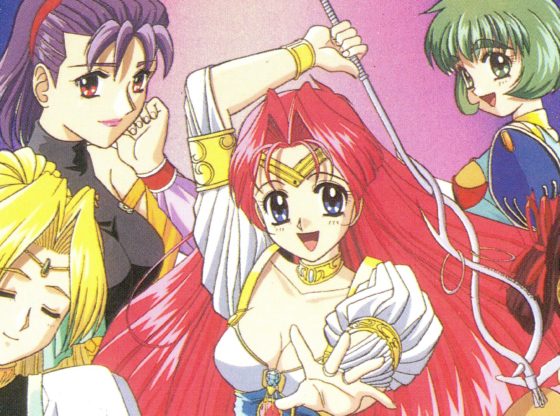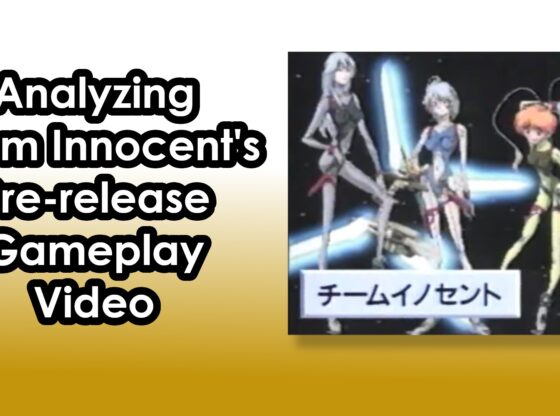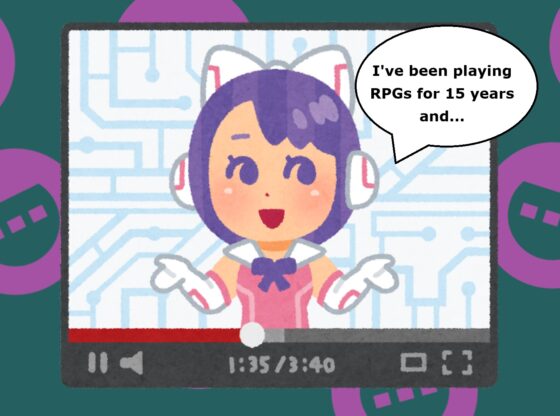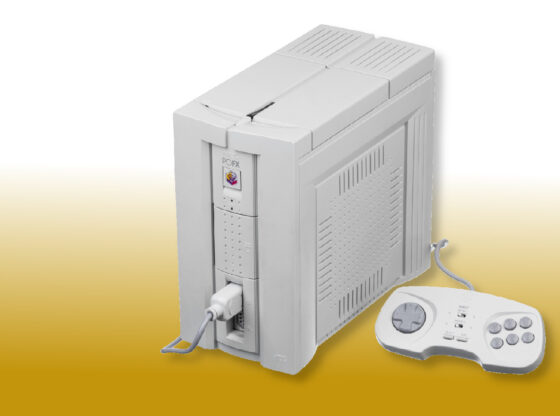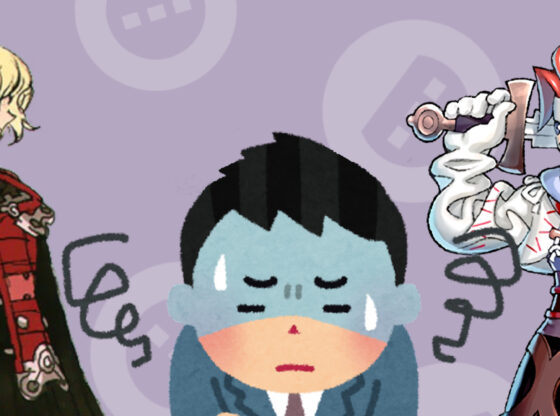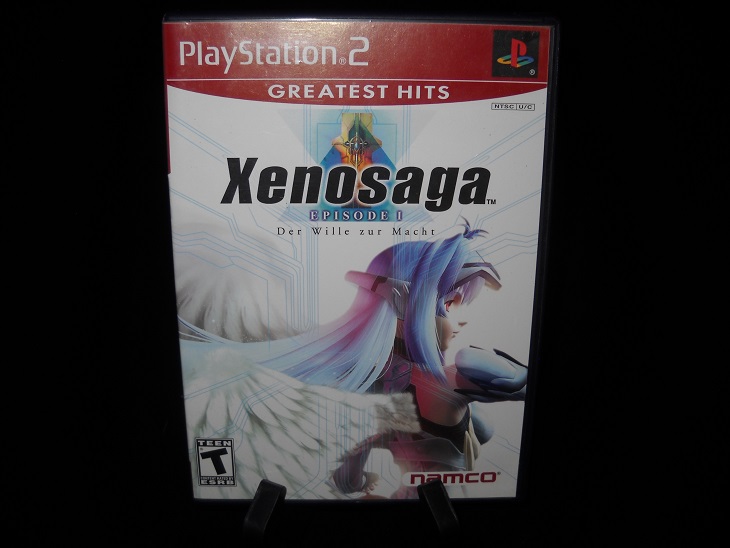
I stumbled into the Xenosaga series in a round about way. My dad randomly gifted me the first game when I was 13 years old. After putting a few hours into it, I lost interest and threw it right onto my shelf. Almost half a decade later in 2008, I was looking forward to the upcoming release of Disaster: Day of Crisis. I loved the look and style of Disaster, and ended up researching the developer. It was Monolith Soft and, lo and behold, Xenosaga was their first title.
I’ve never been a huge fan of Xenosaga’s story and characters. Instead, the combat of the first game sold me on both the series and the developer. Monolith Soft, at their best, finds a balance between depth and accessibility. They make battle systems that avoid the grinding feel of simpler RPGs but also doesn’t become a convoluted mess that takes hours upon hours to wrap your mind around.
My favorite battle mechanic in Xenosaga Episode I is the “Event Slot,” a little dial in the corner of the screen that changes each turn. What’s on this slot effects certain aspects of battle. There’s a blank slot with no effect, a point bonus slot that increases your battle rewards, a critical hit rate up slot that’s self explanatory and a boost increase slot.
Boost is a gauge that, once full, allows a character to cut in line for a turn. I would use this all the time to deny enemies increased critical hit rates from the Event Slot and use them for myself. I might have made it more complicated than it should have been. Looking online, I can’t find anything suggesting that this bonus did actually have an effect on enemy’s stats. Either way, being able to manipulate the turn order to match the slot is a nice bonus mechanic on top of everything else Xenosaga Episode 1 has to offer.
It’s little touches like the Event Slot that make me appreciate Monolith Soft’s battle systems. These small mechanics rarely make or break an encounter, but they do change your approach to them.
(Header Image Source: Moby Games)

